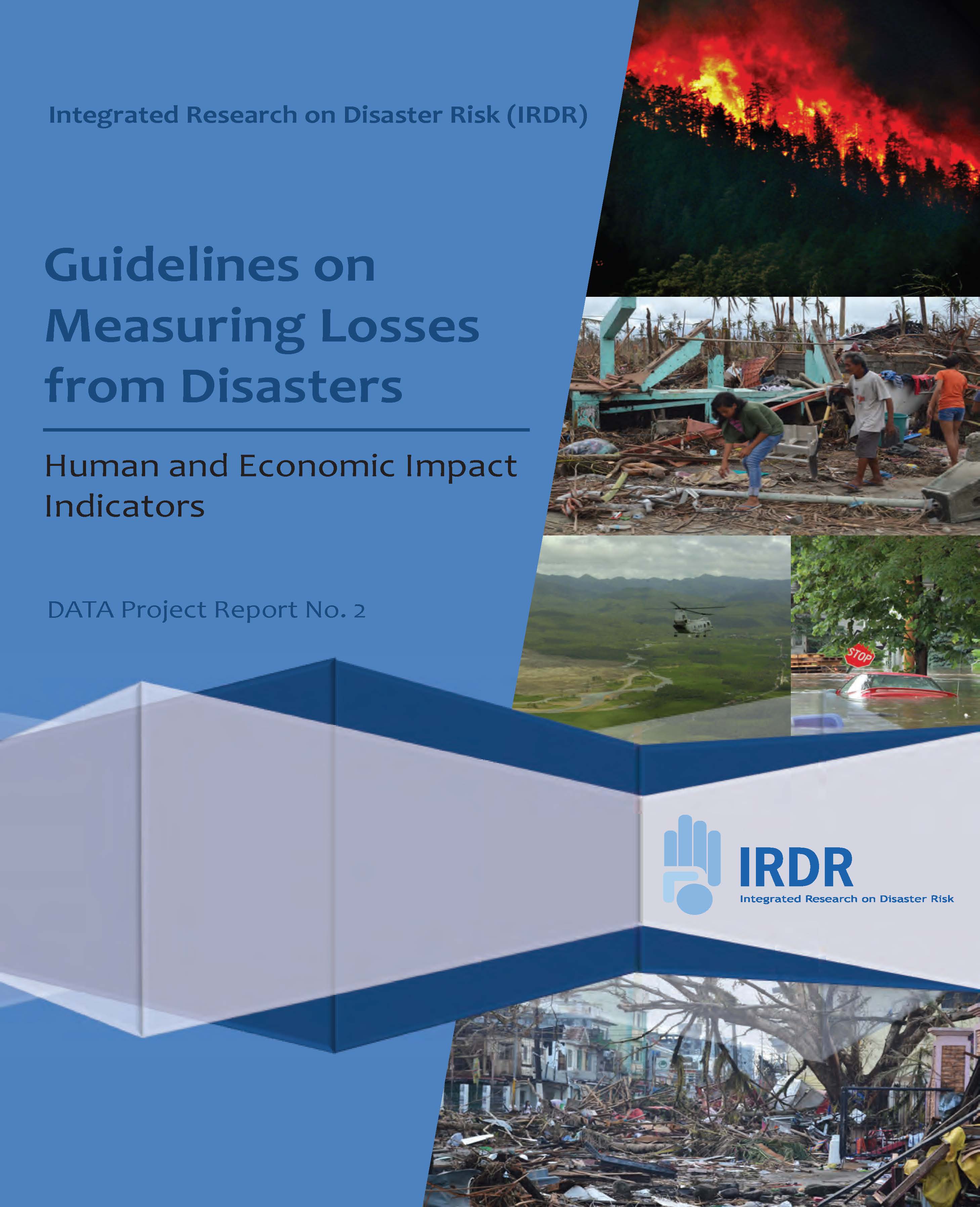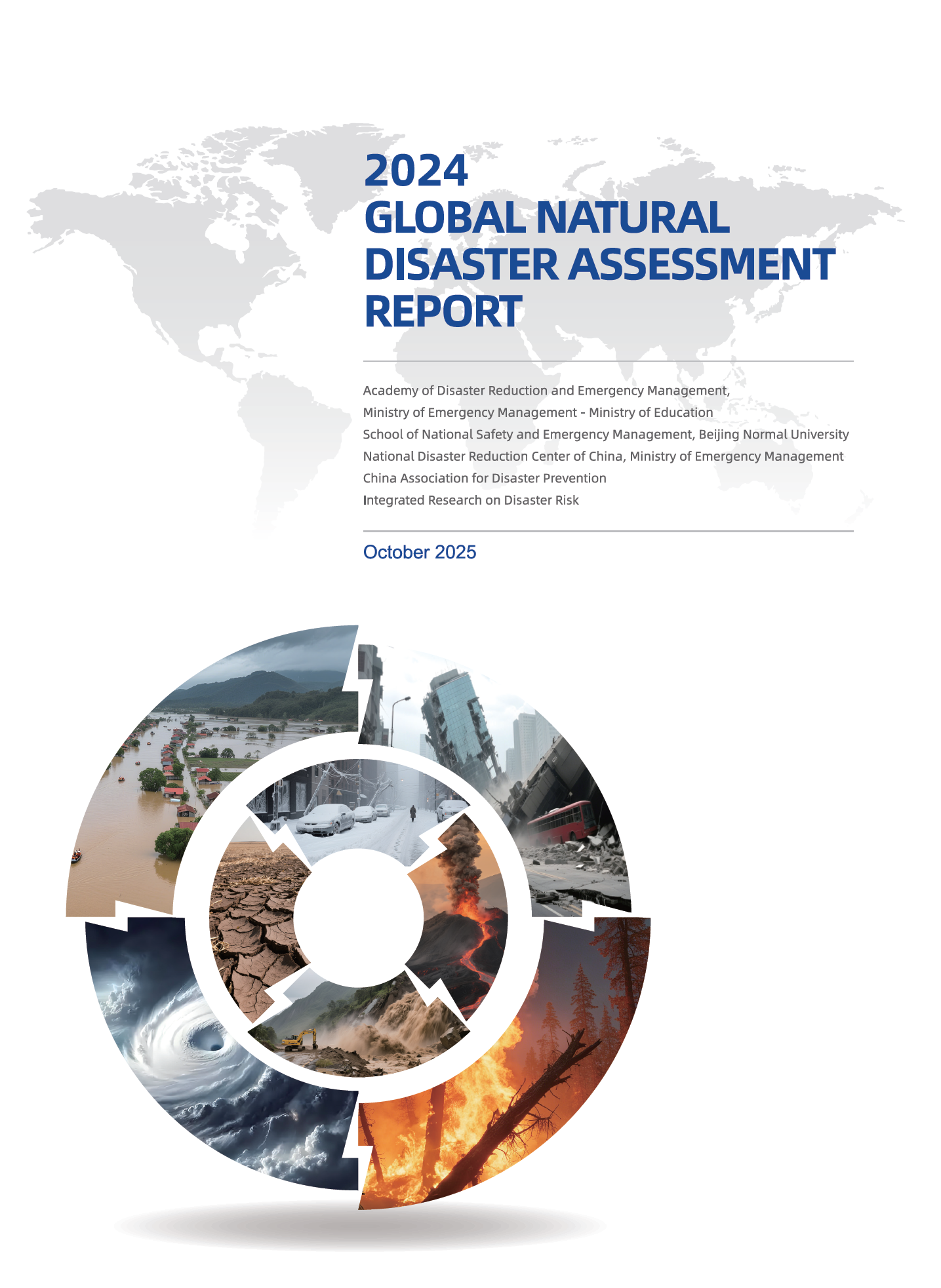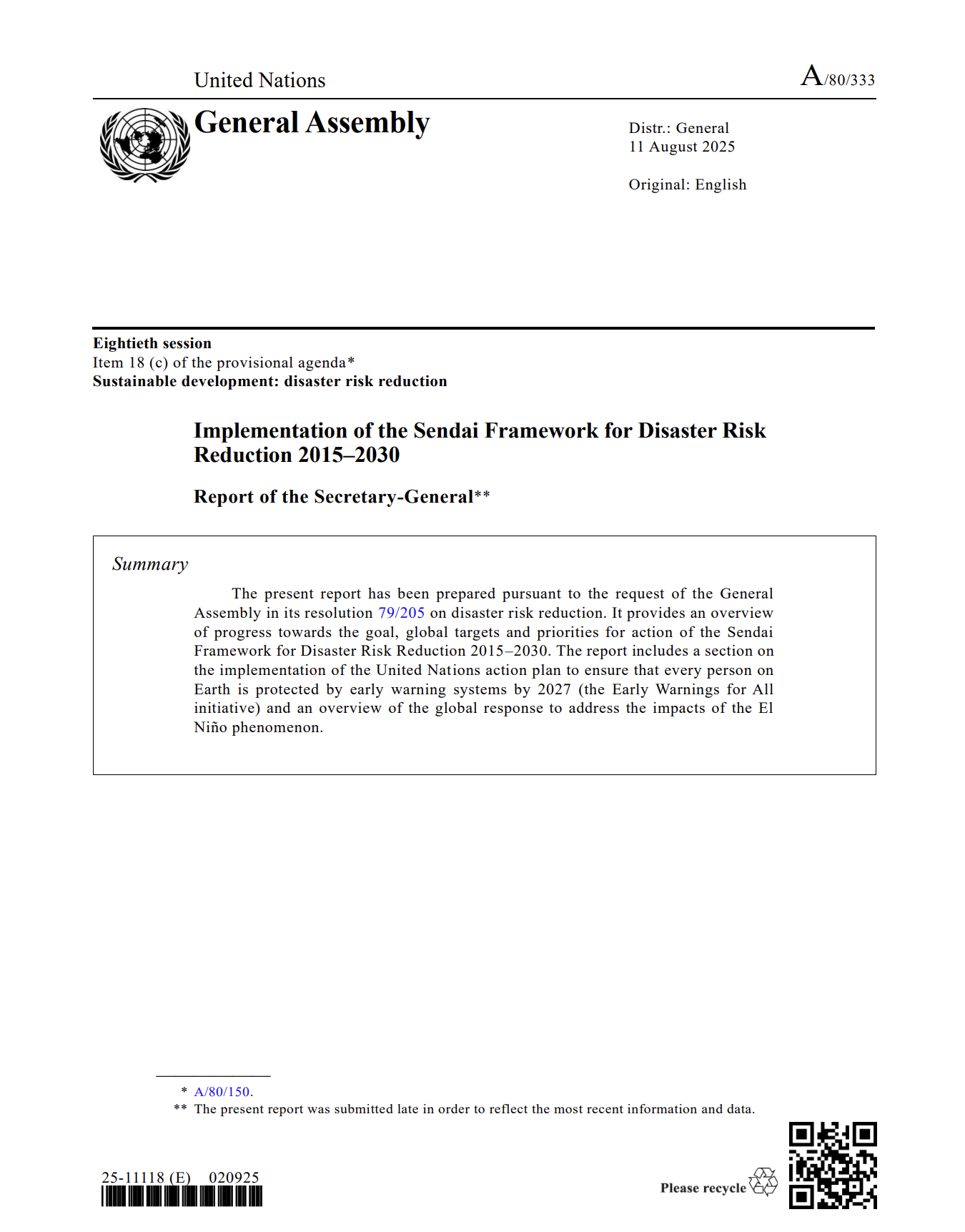Integrated Research on Disaster Risk. (2015). Guidelines on Measuring Losses from Disasters: Human and Economic Impact Indicators (IRDR DATA Publication No. 2). Beijing: Integrated Research on Disaster Risk.
Understanding and documenting impacts from natural hazards is the foundation for decision-making and policy-setting in disaster risk reduction. The impacts range from human effects such as displacement, homelessness and death, to environmental (wetland loss, desertification) and economic losses (damage to property and crops). Documenting impacts in a standardised and comprehensive way is challenging largely due to the lack of common terminologies for perils, measurement methodologies, and human loss indicators. The inability to compare losses across hazards, geographic locations, and time hampers the assessment of the burden of disasters from global to local levels.
To overcome these challenges, the Integrated Research on Disaster Risk (IRDR) programme established a project on disaster loss data (DATA) to “study issues related to the collection, storage, and dissemination of disaster loss data” (IRDR 2013, 10). A recent product of the DATA Project Working Group (IRDR 2014) is a standard hazard terminology as well as peril classification for operational use in loss databases, which was agreed upon by all members of the Working Group. It focused exclusively on perils without discussing the measurement of associated losses such as human or monetary impacts.
The documentation and measurement of human and economic impacts are highly variable across disaster loss databases. There are inconsistent definitions as well as different sets of indicators that are used. This document, based on two earlier working papers from the Centre for Research on the Epidemiology of Disasters (CRED) (CRED 2011, 2012) in collaboration with Munich Re and Swiss Re provides guidance on a minimal set of human and economic loss indicators and their definitions that should be part of any operational disaster loss database. The document also provides an aspirational list of impact indicators that should be monitored as part of future disaster loss databases.






